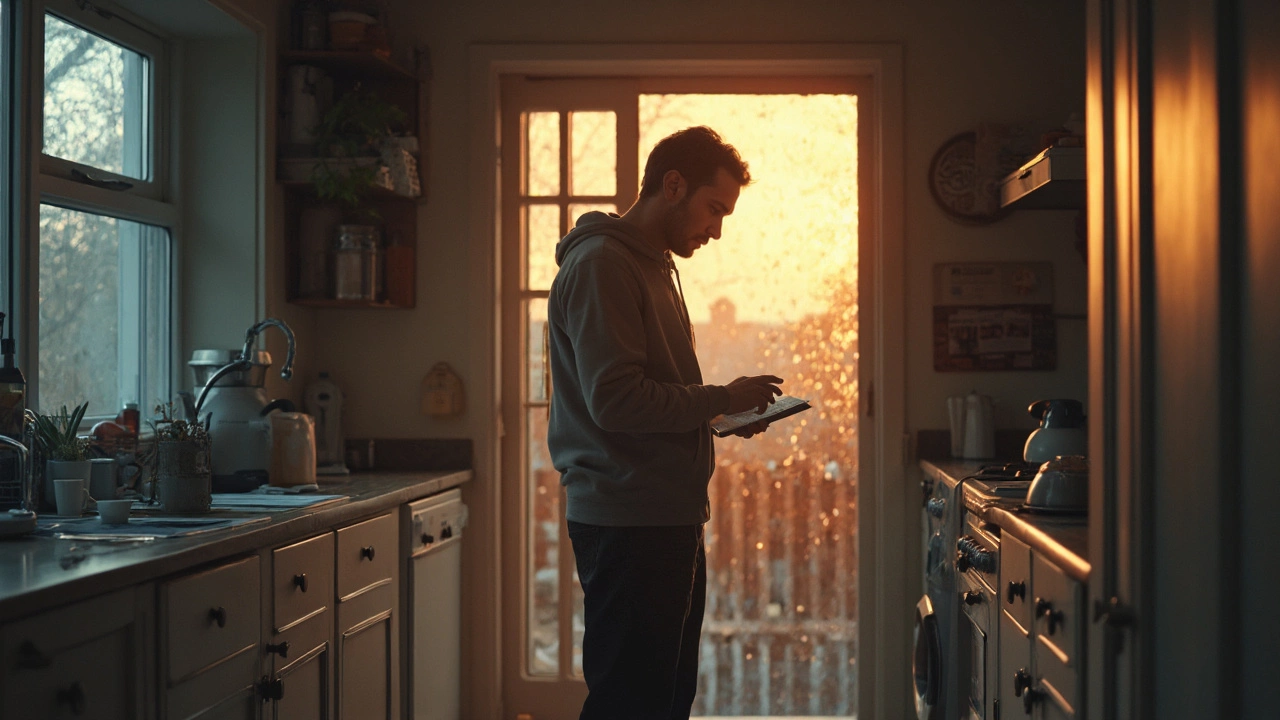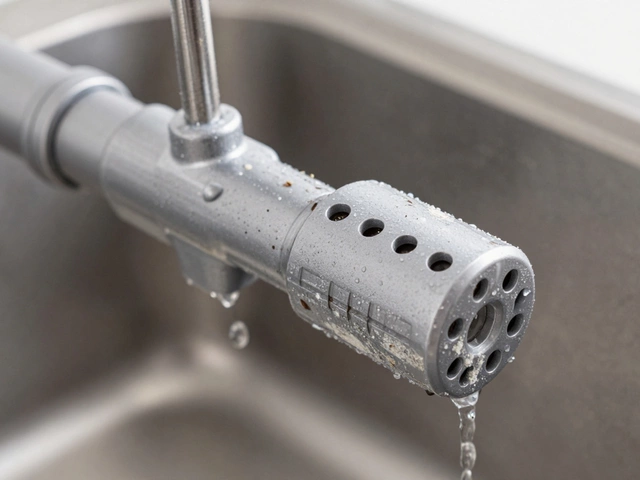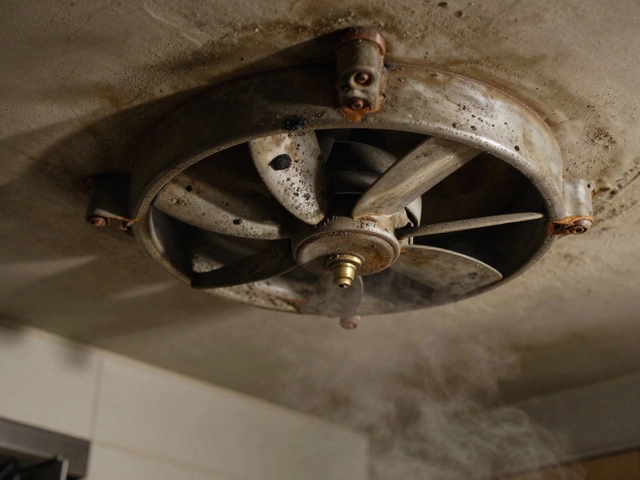How to Troubleshoot Water Heater Problems
When you need to troubleshoot water heater, you’re looking for a step‑by‑step way to find out why hot water isn’t coming out as it should, the first thing to remember is that it’s a real, everyday issue. A water heater is the heart of your hot water system, and a few simple checks can save you time, money, and a cold shower. Below we’ll walk through the common culprits, the tools you’ll need, and when it’s smarter to call a pro.
Key Parts of a Hot Water System
Most homes rely on a hot water system, a network that includes the water heater, storage tank, plumbing, and control devices. The system delivers hot water to every tap, shower, and appliance. If any part of that chain fails, you’ll notice a loss of heat, strange noises, or leaks. Understanding how the storage tank, burner or heating element, and plumbing interact helps you pinpoint the problem faster.
The thermostat, the device that tells the heater when to turn on or off based on water temperature is often the first suspect when water isn’t hot enough. A mis‑set or faulty thermostat can either keep the heater from firing or cause it to over‑heat, leading to premature wear. Checking the thermostat setting and testing its continuity with a multimeter are quick ways to rule it out.
Another critical component is the mixing valve, a valve that blends hot water from the tank with cold water to reach a safe delivery temperature. If the valve sticks open, you’ll get lukewarm water at the tap; if it stays closed, you might get scalding hot water or none at all. Inspecting the valve for corrosion or debris can often restore proper flow.
Beyond the big three, the dip tube, pressure‑relief valve, and anode rod play quieter but vital roles. The dip tube carries cold water to the bottom of the tank where it’s heated; a broken tube can cause cold water to mix with hot water, leaving you with tepid showers. The pressure‑relief valve protects the tank from dangerous pressure build‑up, and a faulty one can leak or trigger an emergency shut‑off. The anode rod prevents corrosion; once it’s spent, the tank can rust internally, reducing efficiency.
With those parts in mind, a practical diagnostic flow looks like this: start by confirming there’s power or gas reaching the unit, then check for error codes if you have a digital display. Next, feel the tank’s surface – is it warm, cold, or uneven? Follow that with a visual inspection of the burner or heating element for signs of wear. Finally, test the thermostat, mixing valve, and dip tube in that order. Each step narrows the field and tells you whether a simple DIY fix or a professional call is needed.
Safety should never be an afterthought. Turn off the power at the breaker or shut off the gas supply before you open any panel. Use a multimeter to verify no voltage is present, and wear gloves when handling hot water or metal parts. If you notice gas smells, strange noises, or water pooling around the unit, stop immediately and call a qualified engineer – these signs can indicate a serious hazard.
When the checks point to a component that’s beyond a quick replacement – for example, a cracked tank, a burned‑out heating element in a sealed electric unit, or a faulty gas valve – it’s time to bring in a specialist. A licensed technician can perform pressure tests, flush the system, and ensure the unit meets local safety codes. Attempting major repairs on your own without proper certification can void warranties and put your home at risk.
Quick recap: verify power/gas, feel the tank, check thermostat, inspect mixing valve, look at dip tube, and confirm pressure‑relief valve operation. Keep a screwdriver, multimeter, and a bucket handy – those tools cover most minor fixes. By following this routine, you’ll either restore hot water yourself or have solid information to give a repair pro, which often speeds up the service call.
Below you’ll find a curated collection of articles that dive deeper into each of these topics – from detailed thermostat testing to how to replace a dip tube, and safety checklists for gas‑powered heaters. Use the insights here as your launchpad, then explore the posts for step‑by‑step guides and professional tips that will keep your hot water flowing reliably.
Dealing with a broken water heater can ruin your day, but most problems have straightforward solutions. This article explains why your water heater might stop working and shows you easy steps you can take before calling a pro. It covers common issues for both electric and gas models and shares signs of bigger problems you shouldn’t ignore. With these practical tips, you'll know exactly what to check and how to get hot water back. Save time, money, and frustration with these reliable fixes.


